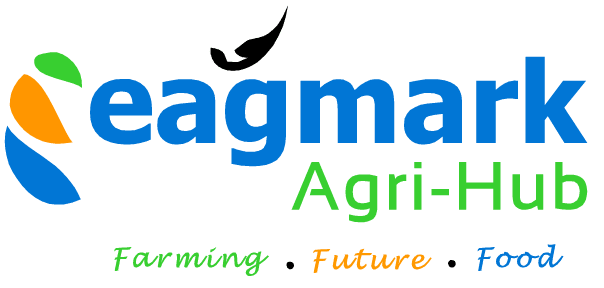Kenya’s Agriculture Sector Confronts Surging Interest Rates

In recent times, Kenya’s agriculture sector has been grappling with a significant hurdle: the increase of interest rates for agricultural loans over the past years. According to Trading Economics, interest rates for agricultural loans in Kenya have spiked in the past year, which is the fastest increase since the early 1980s. This abrupt increase marks the fastest surge in the past decade, making it crucial to dissect its implications, especially for the least-profitable farmers who are bearing the brunt of this situation.
The sudden surge in interest rates has sent ripples of concern through Kenya’s agricultural landscape. and it poses a formidable challenge for farmers across the country.
The most vulnerable group affected by the doubled interest rates are the least-profitable farmers. These farmers, who are already struggling to maintain their profitability, are now grappling with increased interest expenses that are taking a toll on their financial stability. This impact is deeply felt due to the higher debt levels per acre that these farmers typically carry, resulting in more significant annual interest payments per acre.
To navigating the financial landscape, all agricultural producers, regardless of their profitability and existing debt levels, are advised to brace themselves for elevated interest rates. Incorporating higher interest expenses into cash flow projections is a prudent step to take. The reality is that the historically low and stable interest rates that once benefited producer cash flows previously are no longer sustainable.
The financial vulnerability of the least-profitable farmers is further accentuated by their higher liabilities per crop acre farmed. This leaves them significantly more sensitive to rate increases. As interest rates climb, their interest costs per acre surge, placing even more strain on their already fragile cash flows and reducing overall profits.
Over the past decade, the gap between Kenya’s least-profitable growers and their more prosperous counterparts has been steadily widening. Since 2022, price increases have disproportionately affected the least-profitable producers. These farmers are less likely to benefit from bulk discounts, have limited working capital, and carry a heavy burden of debt.
Agriculture has also been hit by the relentless climb in farm production expenses. Since 2019, expenses have risen consistently, with sharp spikes observed in 2022 and the current year, underscoring the challenges that farmers face in managing their operational costs.
Looking Ahead: A Mixed Forecast
It is projected that the interest rate will be 10.50 percent by the end of the third quarter of 2023. While expenses are projected to decrease in the months ahead, this is juxtaposed with a decline in net farm income. This vital metric of profitability is expected to drop by a significant rate, signaling continued challenges for farmers as they strive to navigate the changing financial landscape.
The CEO of Eagmark and an expert in agricultural economics, Mr. Bonnie Oduor encourages farmers to stay informed, seek financial guidance, and explore innovative strategies to ensure the resilience and sustainability of Kenya’s agriculture sector amidst these challenging times.



